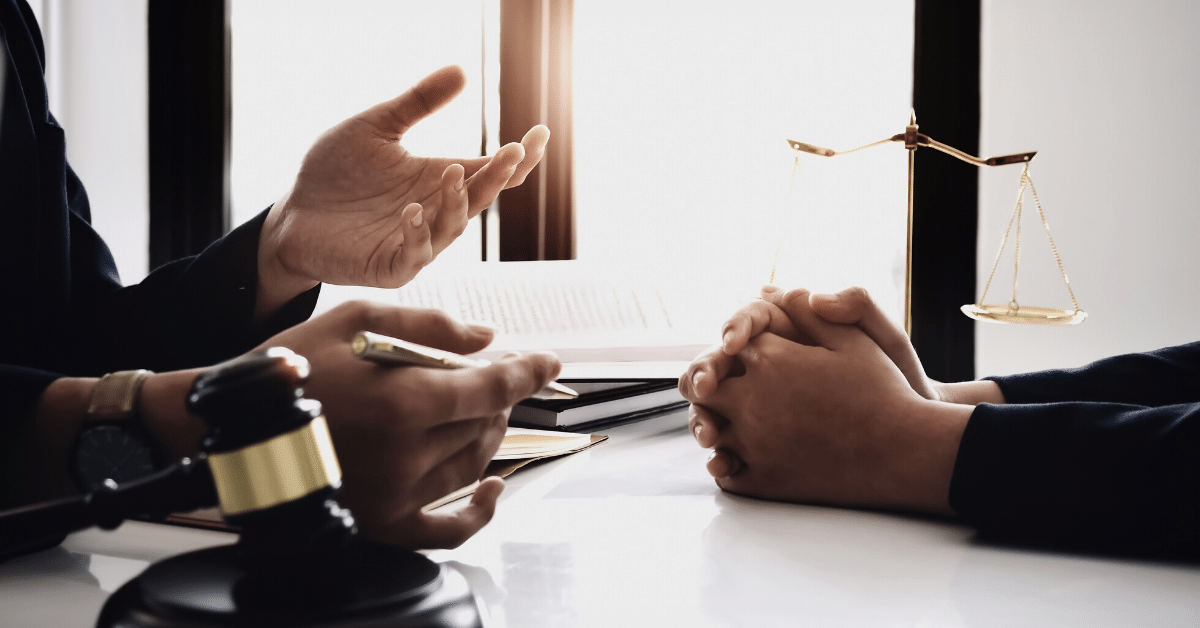
If you’re considering filing for bankruptcy, you’ve probably heard the term “trustee” thrown around. But who exactly is the trustee, and what does he or she do in a bankruptcy case? Here’s a quick overview of what you need to know about the role of the trustee in a bankruptcy case.
What is a Trustee?
A trustee is a person appointed by the court to oversee a bankruptcy case. He or she is responsible for administering the bankruptcy estate, which includes reviewing the debtor’s financial affairs, selling any nonexempt assets, and distributing the proceeds to creditors. The trustee’s ultimate goal is to ensure that creditors receive as much of what they are owed as possible, while also ensuring that the debtor receives a fresh financial start after the bankruptcy is completed.
The Role of the Trustee in a Chapter 7 Bankruptcy
In a Chapter 7 bankruptcy case, the trustee’s primary responsibility is to review the debtor’s assets and determine which ones are subject to liquidation. The trustee has the power to sell any nonexempt assets and use the proceeds to repay creditors. In most cases, the debtor is able to retain certain exempt assets, such as a primary residence or a vehicle, but any nonexempt assets are subject to liquidation.
Once nonexempt assets have been liquidated and the proceeds have been distributed to creditors, any remaining unsecured debt is discharged, and the debtor is released from all obligation to pay those debts.
In a Chapter 13 bankruptcy case, the trustee’s role is somewhat different. Instead of liquidating assets, the trustee is responsible for overseeing the debtor’s repayment plan. This means that the trustee reviews the debtor’s financial plan and makes sure that it is feasible and reasonable.
Once the plan has been approved, the trustee collects payments from the debtor and distributes them to creditors. In a Chapter 13 bankruptcy case, the debtor is not required to liquidate any assets, but must repay his or her creditors through the repayment plan. The debtor’s nonexempt assets can also affect the amount of the repayment plan. Once the repayment plan is completed, any remaining unsecured debt is discharged.
The Trustee’s Audit of the Bankruptcy Petition
Regardless of the type of bankruptcy case, the trustee is also responsible for reviewing the debtor’s bankruptcy petition, schedules, and other documents to ensure that they are accurate and complete. Any discrepancies or inaccuracies must be addressed and corrected before the bankruptcy case can move forward.
Additionally, the trustee may also investigate the debtor’s financial affairs to make sure that there are no undisclosed assets or transfers that could impact the outcome of the bankruptcy case.
What to Expect when Interacting with the Trustee
If you are filing for bankruptcy, you can expect to have some interaction with the trustee. In a Chapter 7 bankruptcy case, the trustee will typically hold a meeting of creditors and ask the debtor questions about his or her financial affairs. This meeting is relatively informal and often lasts only a few minutes.
In a Chapter 13 bankruptcy case, the trustee will typically review the debtor’s repayment plan and may ask questions to clarify certain aspects of the plan. The debtor may also be required to attend a confirmation hearing, where the trustee and the judge will review the repayment plan and determine whether it is feasible and reasonable.
Throughout the bankruptcy case, it’s important to work closely with the trustee, and your Prattville bankruptcy attorney, and be forthcoming with information. Failing to disclose all assets or misrepresenting any financial information can lead to serious consequences, including dismissal of the bankruptcy case or even criminal charges. By working closely with the trustee and following all appropriate procedures, you can ensure that your bankruptcy case goes as smoothly as possible and that you are able to achieve the fresh financial start that you need.
Leave a Reply